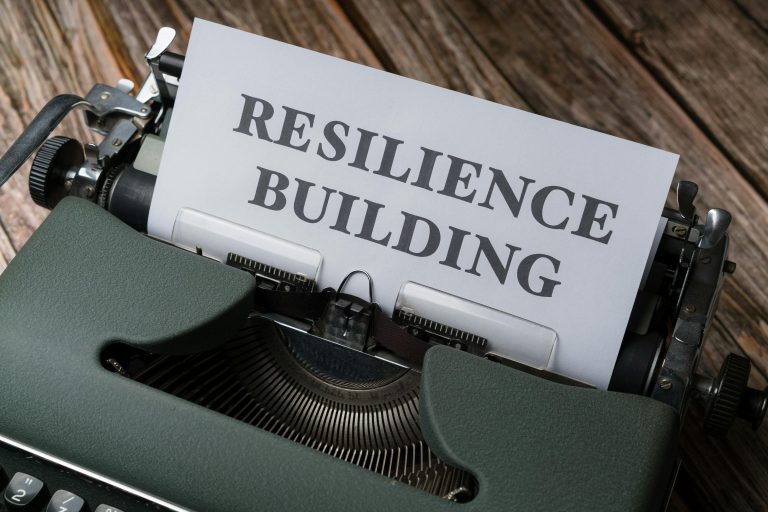A real threat that is rarely discussed
Kidnapping remains a serious and growing concern in many parts of the world. Recent cases involving cryptocurrency investors highlight how quickly criminal tactics evolve. With ransom payments now moving instantly and anonymously through digital channels, the crime has become more accessible, less traceable, and increasingly attractive to organised groups.
Despite its relevance, kidnap and ransom (K&R) remains a relatively quiet topic in the private sector. In military and diplomatic settings, K&R is addressed directly through structured training and planning. Yet among private security providers, insurers, and many corporate crisis teams, it is often avoided unless an incident becomes too public to ignore.
Part of this hesitation is driven by confidentiality. Many organisations that take the risk seriously have K&R insurance in place. These policies often include strict confidentiality clauses that prohibit informing staff of the insurance’s existence, as disclosure may increase the risk of targeting. In most cases, only a few senior leaders, such as the CEO, COO or CISO, are aware of the cover. This necessary secrecy can inadvertently create a culture where any discussion about kidnapping is treated as off-limits.
But avoiding the topic entirely can leave organisations, and their employees, less prepared when it matters most.
What silence leaves out
Silence around K&R doesn’t always mean inaction. In insured organisations, the response protocol is often clearly defined: if an incident occurs, immediately notify the insurer, who will deploy dedicated crisis consultants to take over. As a result, many organisations don’t maintain internal crisis management procedures specific to kidnapping.
However, this structure can unintentionally give the impression that K&R is untouchable in general risk discussions—and that’s where gaps emerge.
Avoiding the topic entirely can lead to missed opportunities for prevention. When K&R is left out of travel briefings, employee security awareness training, or operational planning for high-risk deployments, individuals are left uncertain about how to recognise threats or behave under stress. In a high-pressure situation, that lack of clarity becomes a liability.
From a security perspective, secrecy alone is not a sustainable defence. Criminals observe and plan. They study behaviour, online presence, and routine vulnerabilities. If your security approach only works because no one knows about it, then the weakness lies in the design.
Insurers themselves recognise this and often encourage clients to invest in kidnap avoidance measures. These can include awareness briefings, environmental threat assessments, and personal security training. Some policies even cover the cost of Hostile Environment Awareness Training (HEAT) and Conduct After Capture (CAC) modules for staff operating in higher-risk regions.
These are areas where open discussion is not only possible, but beneficial and increasingly expected.
A more mature security culture
Preparedness doesn’t require overexposure. It requires balance. Security professionals should be able to speak clearly about risks like K&R without compromising operational integrity or breaching confidentiality.
Just as financial institutions discuss market risks without revealing specific client data, private-sector security teams can speak about kidnapping trends, methods, and preventive measures. This helps build awareness across both industry an public. And awareness is the foundation of better outcomes.
Handled well, this kind of internal and external dialogue strengthens organisational capability, builds trust, and supports faster recovery if an incident occurs. It ensures that those responsible for travel, operations, or staff welfare are not left guessing when time is critical.
Discretion still matters. K&R is a sensitive topic and must be treated as such. But silence by default limits organisational learning and reduces the effectiveness of prevention. A more open, structured approach to awareness is not only possible—it’s necessary. This is how resilient security cultures are built.
Practical guidance: A starting point
Here are three essential tips that form part of any responsible approach to K&R awareness—two for prevention, one for response.
To reduce exposure:
- Maintain situational awareness, especially in unfamiliar or transitional environments.
- Avoid posting real-time location updates or future travel plans online. If you share, share after the fact.
If an incident occurs:
- Humanise yourself. The more you are seen as a person, and not a role or a transaction, the harder it becomes to treat you impersonally.
If your organisation is reviewing its approach to kidnap avoidance, preparing personnel for high-risk environments, or seeking to integrate K&R into broader risk management strategies, we’re here to support. It starts with the right conversation.
Contact Stema Risk Management here.






